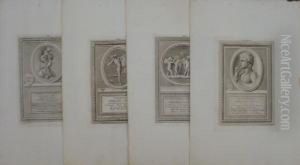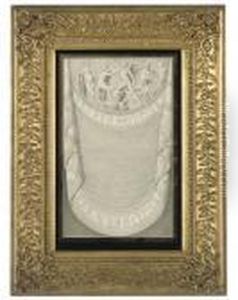Pietro Antonio Pazzi Paintings
Pietro Antonio Pazzi was an Italian painter, born in 1706 in Florence, Italy. He was a prominent artist of the 18th century, primarily known for his work in the Rococo style, which was characterized by ornate and decorative aesthetics, light colors, and graceful forms. Pazzi's work was part of the later phase of the Baroque period, which emphasized movement, drama, and grandeur.
Pazzi received his early training in the Florentine school, where he was influenced by the works of earlier Baroque artists, such as Pietro da Cortona and Luca Giordano. His style, however, evolved to reflect the lighter, more playful Rococo sensibilities that were becoming popular throughout Europe, especially in France. Pazzi's paintings often featured religious and mythological subjects, executed with a sense of elegance and charm that was typical of the Rococo era.
Throughout his career, Pazzi contributed to the decoration of various churches and buildings in Florence and its surrounding areas. One of his notable works includes the frescoes in the cupola of the church of Santa Maria del Carmine in Florence. His artistic legacy is not as well-documented as that of some of his contemporaries, and as such, he is not as widely recognized today. However, during his lifetime, he was appreciated for his ability to blend vibrant colors with a light and decorative approach to composition.
Pazzi's work reflects the transition from the grandiose Baroque to the more intimate and decorative Rococo. Despite the overshadowing fame of other Italian artists from his time, Pazzi's contributions to the art world are notable for their embodiment of the stylistic shift occurring in the 18th century. He passed away in 1766, leaving behind a body of work that captures the spirit of an age poised between ornamental elegance and the emergence of neoclassicism.

